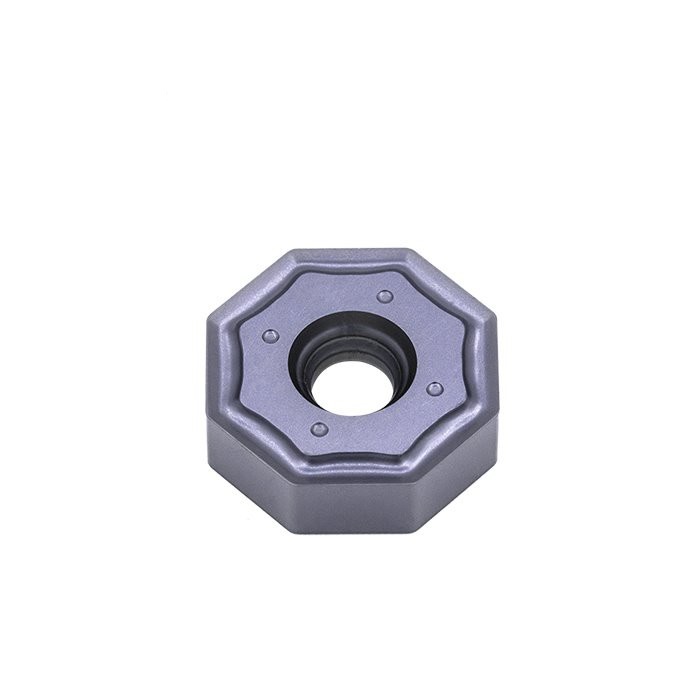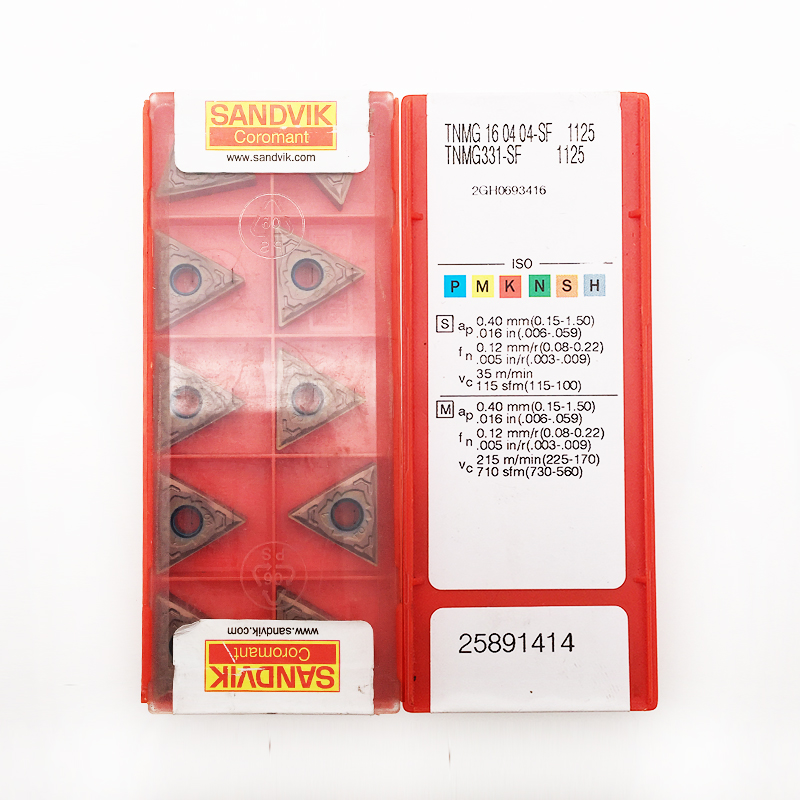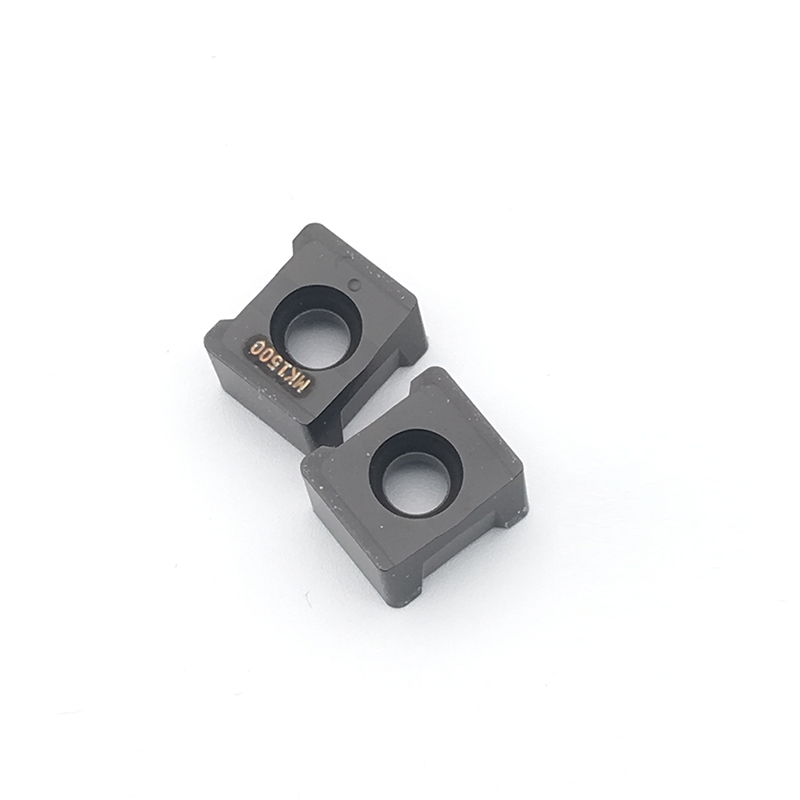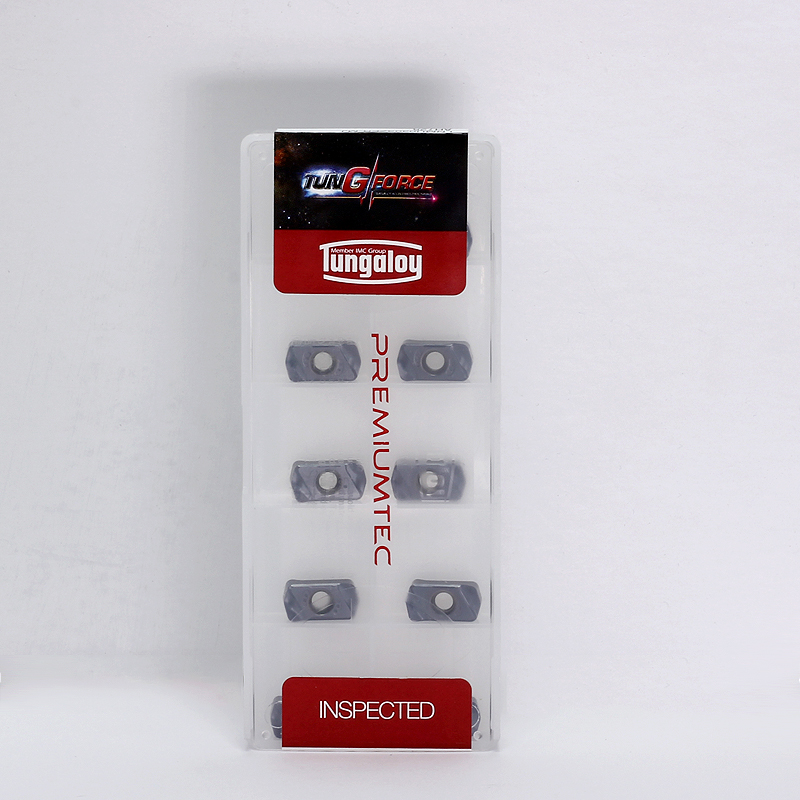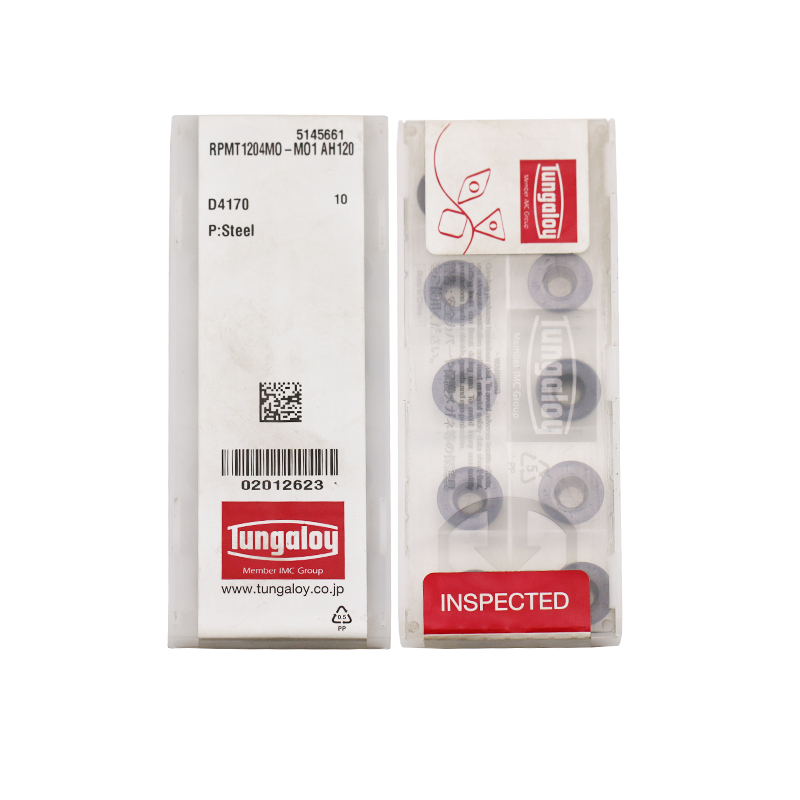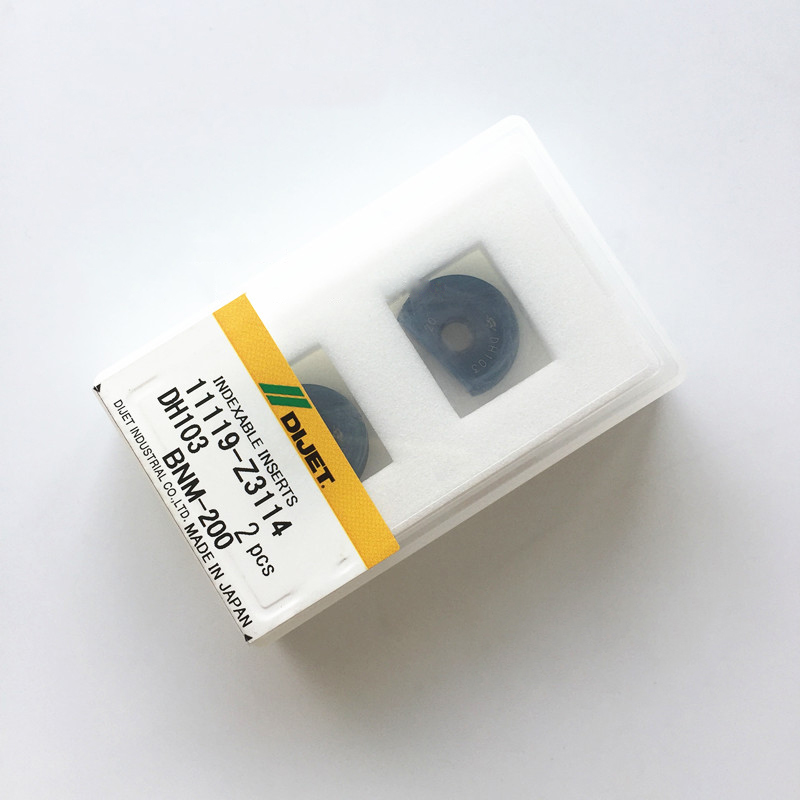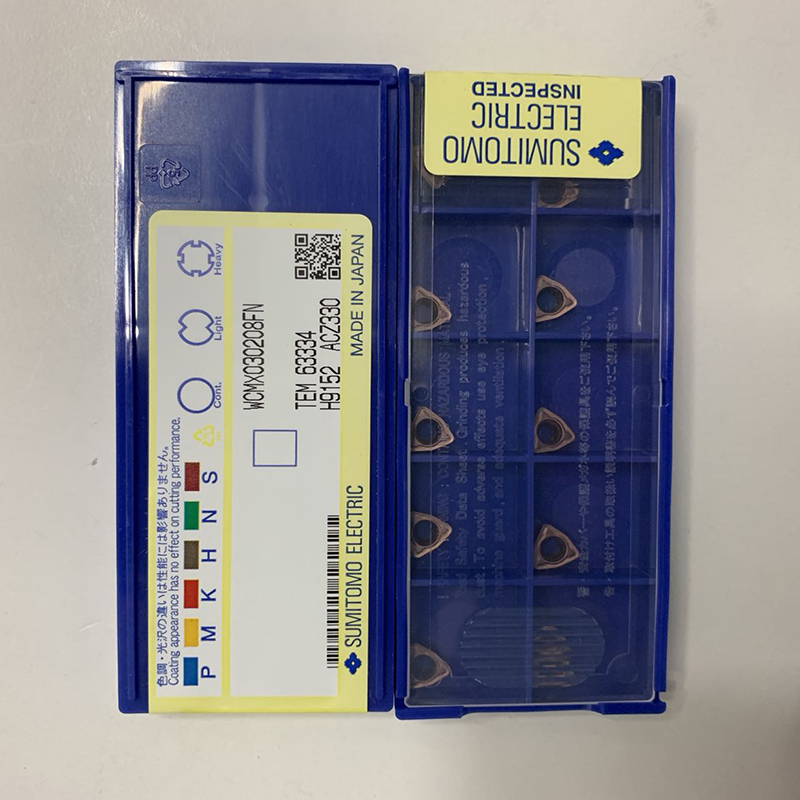ONHU Insert for Efficient Hole Making and Boring Operations Details
Product Information:
Utilizes 16 cornered ONHU inserts has the advantages of high accuracy, high hardness, wear resistance, corrosion resistance, delicate design, long service life as well as high cost effective.Inserts available in multiple grades.0° negative relief angle for insert strength and durability. Coolant thru capable.Very strong and durable face mills. Suitable for multiple materials.Ideal 45° approach angle for larger table feed rates.Wiper flats provide better surface finishes.Screw on system for less chip interference.PVD coated cutter bodies for superior corrosion & heat resistance.
Specifications:
| Type | Ap (mm) | Fn (mm/rev) | CVD | PVD |
VT3020 | VT3040 | VT1025 | VT1325 | VT1525 | VT1328 | VY1010 | VY1520 | VY1525 | VY1028 | VY1330 |
ONHU050408-AR | 0.8-3.5 | 0.2-0.35 |
|
| • | • | O | O |
|
|
|
|
|
ONHU050408-AF | 0.5-2.5 | 0.1-0.25 |
|
| • | • | O | O |
|
|
|
|
|
• : Recommended Grade
O: Optional Grade
Application:
16 high-strength cutting edges for high productivity finish and semi-finish face milling of stainless steels, steels and alloy steels.
FAQ:
What are face mills?
Face milling is a machining process in which the milling cutting is placed perpendicular to the workpiece. The milling cutting is essentially positioned “face down” towards the top of the workpiece. When engaged, the top of the milling cutting grinds away at the top of the workpiece to remove some of its material.
What is the difference between face milling and end milling?
These are two of the most prevalent milling operations, each using different types of cutters – the and mill and the face mill. The difference between end milling and face milling is that an end mill uses both the end and the sides of the cutter, whereas face milling is used for horizontal cutting.
Our Company

Package Shipment


